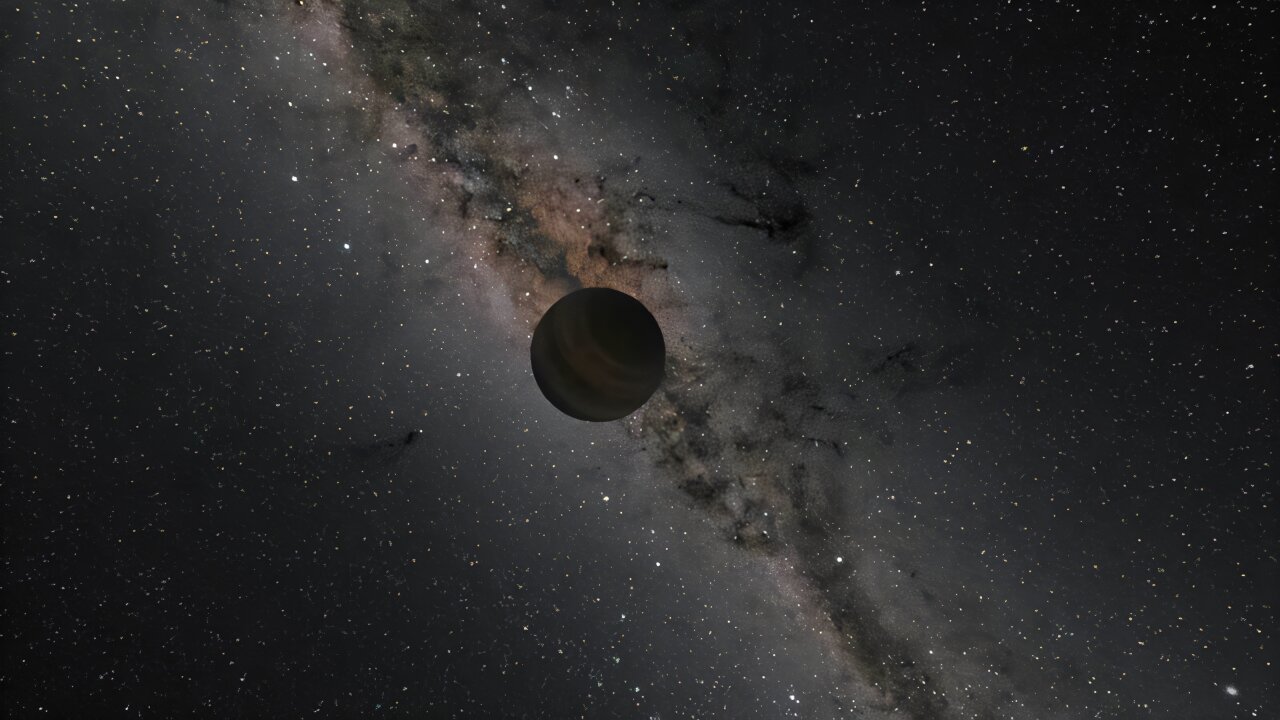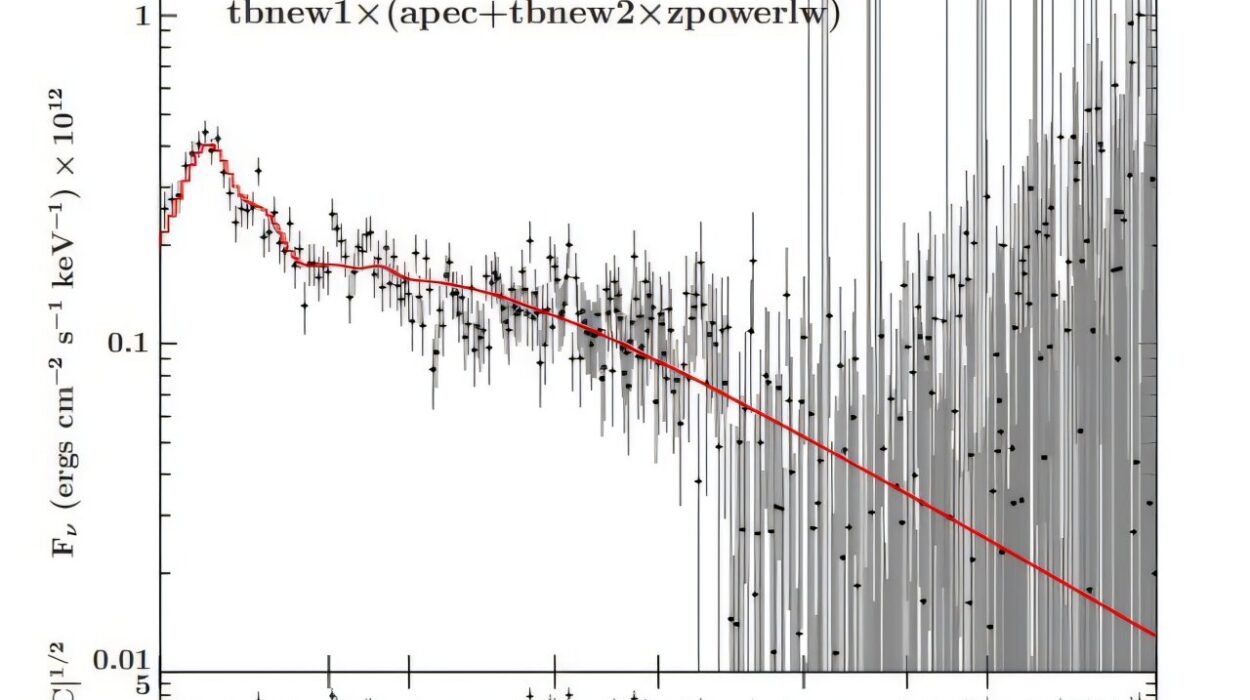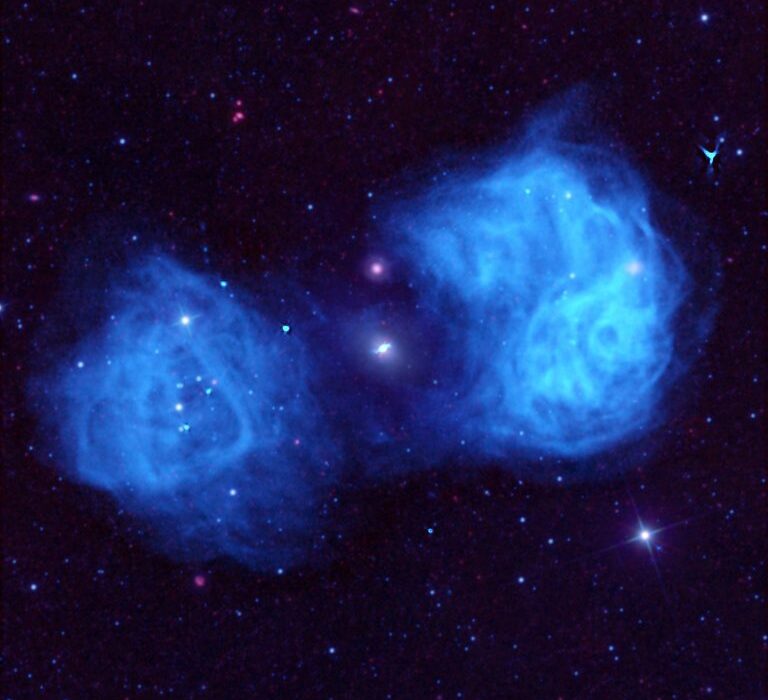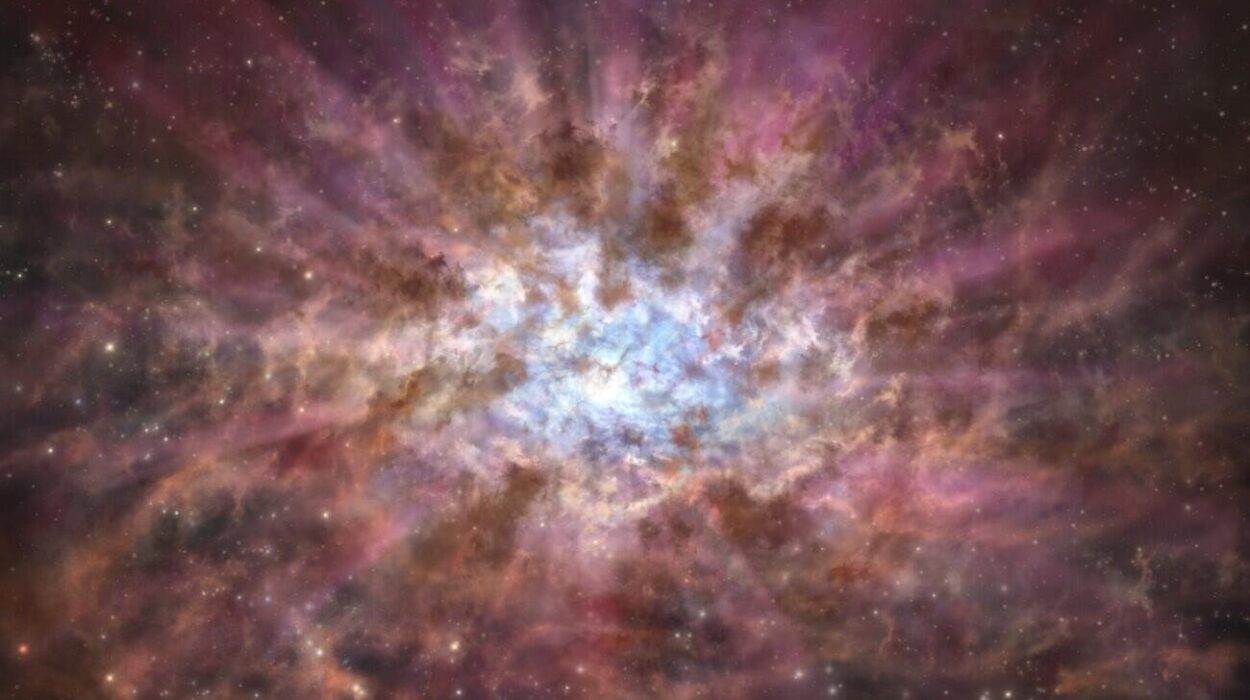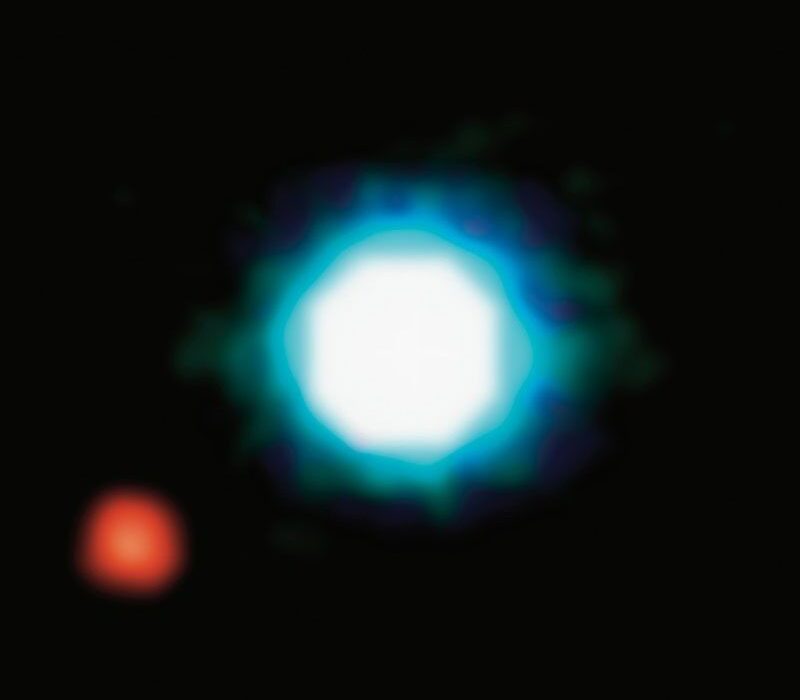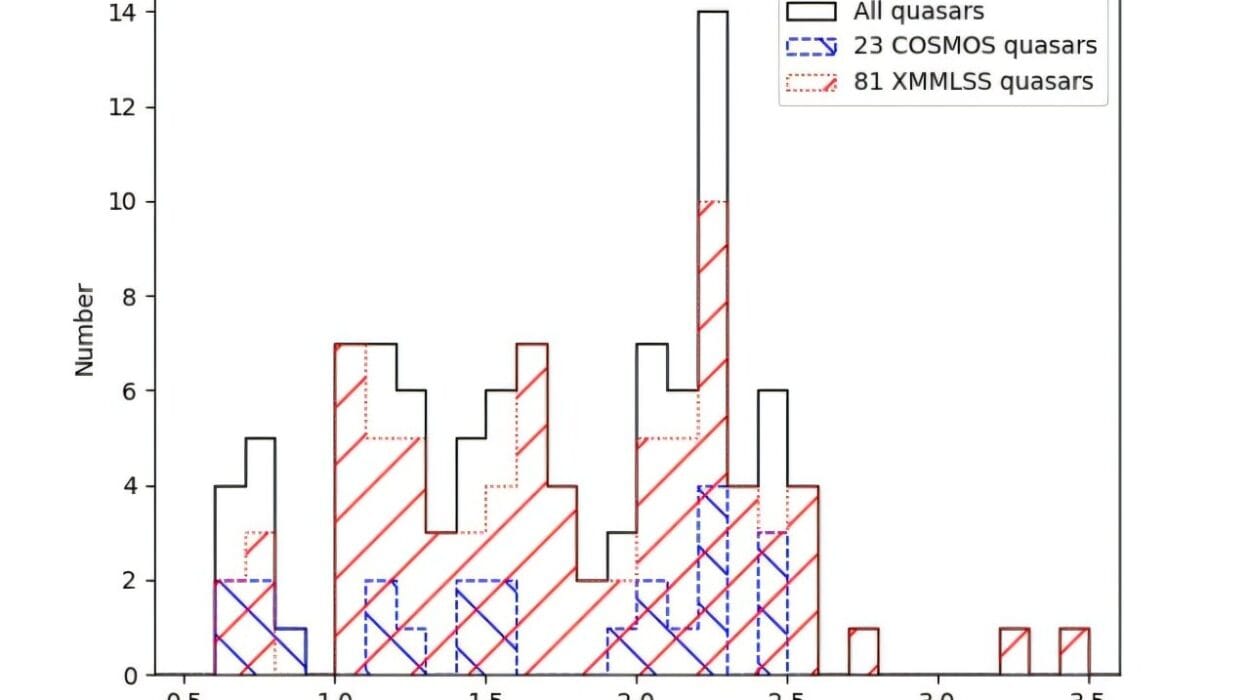For as long as we’ve looked to the skies, humans have wondered what else might be out there—hidden, drifting, unbound. Among the most mysterious celestial objects are rogue planets—dark, starless wanderers adrift in the galaxy. These enigmatic worlds do not orbit any sun. They roam the Milky Way in cold silence, cast out from their birthplaces or perhaps formed alone in the void. Though rarely seen, scientists believe they could number in the billions. But how do we find what hides in the dark?
Enter the Nancy Grace Roman Space Telescope, a forthcoming marvel of space science. Slated for launch later this decade, Roman is poised to transform our knowledge of the cosmos—and rogue planets are high on its list. Armed with high-precision optics and powerful surveying capabilities, Roman will search the galaxy for these elusive nomads. It may not only reveal how many there are, but also how they form, where they go, and what they’re really made of.
Let’s dive into the world of rogue planets and discover how Roman is preparing to unveil the deepest secrets of these solitary celestial wanderers.
The Mystery of the Rogue Planet
Imagine a planet like Earth—but darker than any night, colder than any winter, and cast far away from any source of light or warmth. That’s a rogue planet. Also known as “free-floating” or “orphan” planets, these bodies drift alone through the galaxy. They do not orbit stars like our solar system planets. Instead, they roam the galactic wilderness.
So where do these cosmic loners come from?
The leading theory is that most rogue planets are born like regular planets—in the swirling disks of gas and dust that surround young stars. But during the chaotic early stages of planetary formation, violent gravitational encounters can toss some planets out of their systems. Smaller ones are especially vulnerable. Others may form in isolation, collapsing out of clumps of interstellar gas just like stars, but never gaining enough mass to ignite nuclear fusion.
Once ejected, they are cast into the darkness forever. Without a star to warm them, most rogue planets are expected to be frozen, lifeless, and eerily quiet. Yet they may also hold untold clues to planetary formation, galactic dynamics, and even the conditions that lead to life.
Counting the Unseen: The Free-Floating Mass Function
How do scientists hope to study something they can barely see?
One major concept helping researchers understand these planetary nomads is the free-floating planet mass function. This refers to the distribution of rogue planets by mass—how many small ones, how many big ones, and everything in between. It’s an idea borrowed from the study of normal planets around stars, where scientists talk about the planetary mass function.
The free-floating version is more mysterious, but it’s just as important. By charting how many rogue planets exist in each mass range—smaller than Earth, as big as Jupiter, or somewhere in between—scientists can make educated guesses about how they were formed and ejected.
A recent scientific paper, published on the arXiv preprint server, explores exactly this. The authors argue that Roman will revolutionize our understanding of the free-floating mass function, especially by helping detect low-mass rogue planets. These are among the hardest to find—and also among the most important to study.
Why Finding Rogue Planets Is So Hard
If rogue planets are so common, why haven’t we seen more of them?
The short answer: they’re cold, dark, and don’t reflect much light. Since they don’t orbit stars, we can’t detect them the same way we do most exoplanets—by looking for the dimming of a star’s light when a planet passes in front of it. Rogue planets give off almost no light of their own, and they often lurk far from any bright background sources.
But astronomers have a clever trick up their sleeve: gravitational microlensing. This phenomenon occurs when a massive object, like a rogue planet, passes in front of a distant star. The planet’s gravity warps and magnifies the light from the background star, creating a brief brightening event that can be detected from Earth.
It’s a rare and fleeting event—but when it happens, it’s unmistakable. And it’s one of the most powerful tools scientists have for detecting rogue planets.
So far, only a handful of rogue planet candidates have been detected this way. But Roman is about to change that.
Roman’s Mission: A Galactic Census of Planetary Nomads
The Nancy Grace Roman Space Telescope, named in honor of NASA’s first Chief of Astronomy and a pioneer of space telescopes, is designed for wide-field infrared surveys. Among its many scientific goals is the Galactic Bulge Time Domain Survey, an ambitious program to observe the dense region of stars at the center of the Milky Way.
This survey is ideal for microlensing. The crowded star fields provide a perfect backdrop for detecting passing rogue planets.
Roman’s unprecedented sensitivity and wide field of view mean that it could detect hundreds to thousands of free-floating planets. This will be the largest and most detailed catalog of rogue planets ever assembled.
In particular, Roman will be capable of detecting low-mass rogue planets, even those smaller than Earth. These lightweight worlds are especially interesting because they’re thought to be the most commonly ejected during planetary formation.
By mapping both the number and the types of rogue planets, Roman will help astronomers understand:
- How common rogue planets really are
- What sizes and masses they tend to be
- How they were formed
- Why and how they were ejected
- Whether any could potentially harbor subsurface oceans or exotic chemistry
It’s not just about counting. It’s about demographics—who these rogues are, where they came from, and what they tell us about the galaxy we call home.
Transit and Microlensing: Roman’s Twin Detection Techniques
While microlensing is Roman’s primary method for finding rogue planets, it’s not the only tool in its kit.
Roman will also employ the transit method to search for exoplanets around stars. This method works by measuring the tiny dips in starlight when a planet passes in front of its host star. While this doesn’t help with starless rogue planets, it adds context to the broader exoplanet census.
Together, these methods will create a comprehensive picture of planetary systems—both those that remain intact and those that have lost members to the galactic wilds.
What Can We Learn from Rogue Giants?
One especially intriguing question involves massive rogue planets—those as big as or bigger than Jupiter.
How do such massive objects get ejected?
It takes a tremendous amount of gravitational force to toss a gas giant into interstellar space. Their presence among the rogues suggests that some planetary systems experience extreme chaos in their early years—perhaps due to close stellar encounters, giant impacts, or violent orbital rearrangements.
Alternatively, some of these “giants” might not be true planets at all. Some could be brown dwarfs—failed stars that never ignited nuclear fusion—or even primordial black holes, if certain radical theories prove correct.
Whatever they are, Roman’s data will help astronomers tell the difference and refine the line between planet, star, and other cosmic oddities.
The Road Ahead: Roman’s Legacy
Though it won’t launch for a few more years, the Roman Space Telescope already promises to reshape our cosmic perspective.
Rogue planets are more than just curiosities. They are clues to the birth and death of solar systems, evidence of galactic dynamics, and perhaps—just perhaps—hosts of life in the most unexpected places. After all, even without a nearby star, internal heat or chemical energy could support some form of life deep underground or in subsurface oceans, as we’ve seen on icy moons like Europa and Enceladus.
Roman will be the first telescope capable of searching for such possibilities on a grand scale.
It will perform a census of the galaxy’s outcasts, a sweeping survey of the unseen. And in doing so, it will not only reveal the fate of countless planets, but also help us understand our own place in a universe that is far more dynamic—and mysterious—than we ever imagined.
Final Thoughts
In the coming decade, the Nancy Grace Roman Space Telescope will take us deeper into the unknown than ever before. By shedding light on the darkest wanderers of the galaxy, it will answer age-old questions—and inspire new ones.
How many worlds drift alone in the cosmic sea?
How did they come to be?
Could any of them carry the spark of life?
We’re on the brink of finding out.
Reference: William DeRocco et al, Reconstructing the Free-floating Planet Mass Function with the Nancy Grace Roman Space Telescope, arXiv (2025). DOI: 10.48550/arxiv.2505.00092
